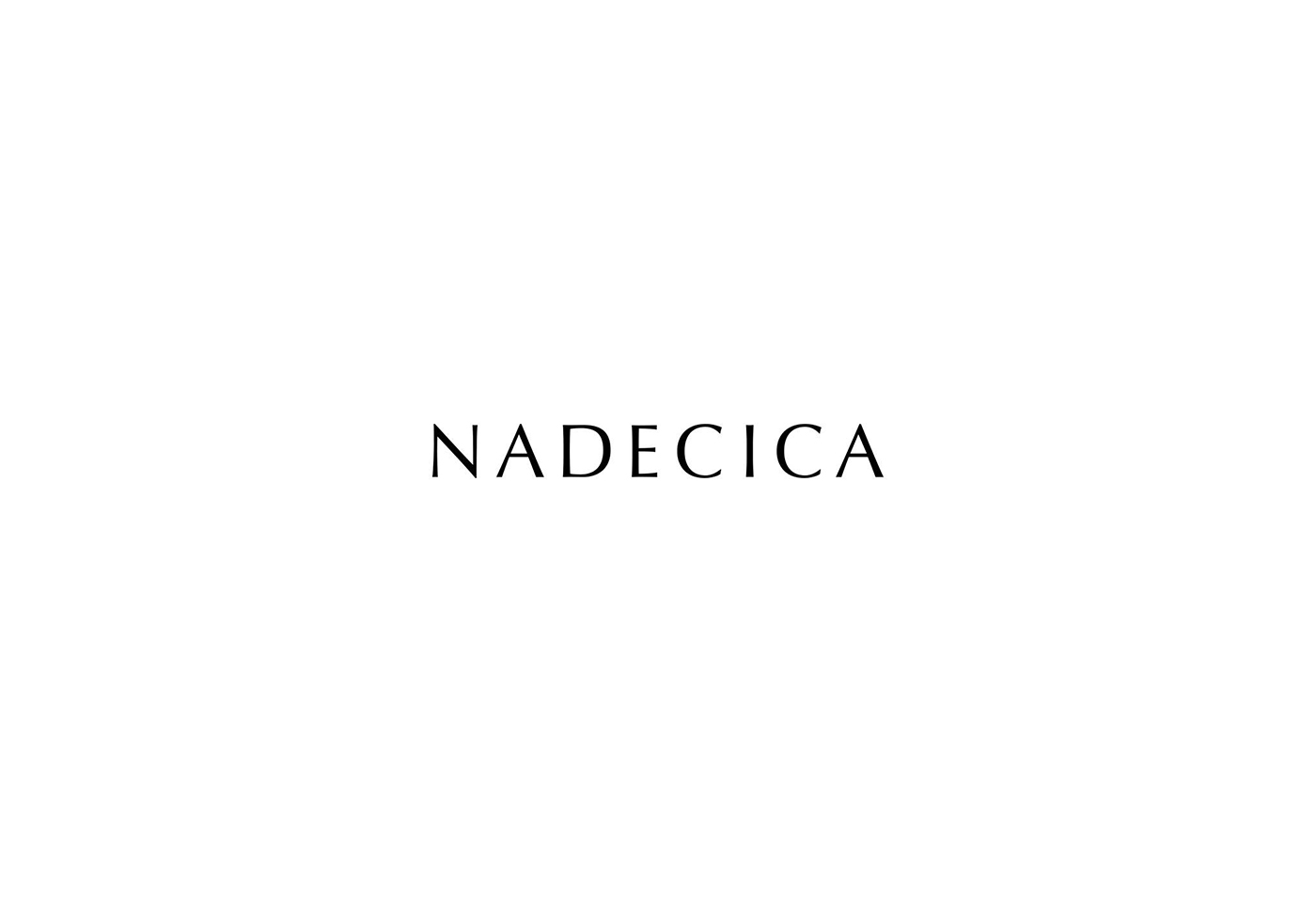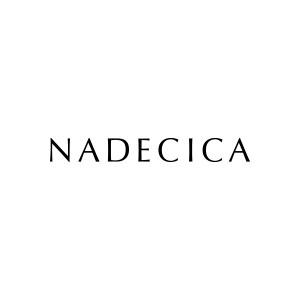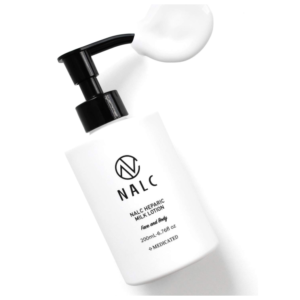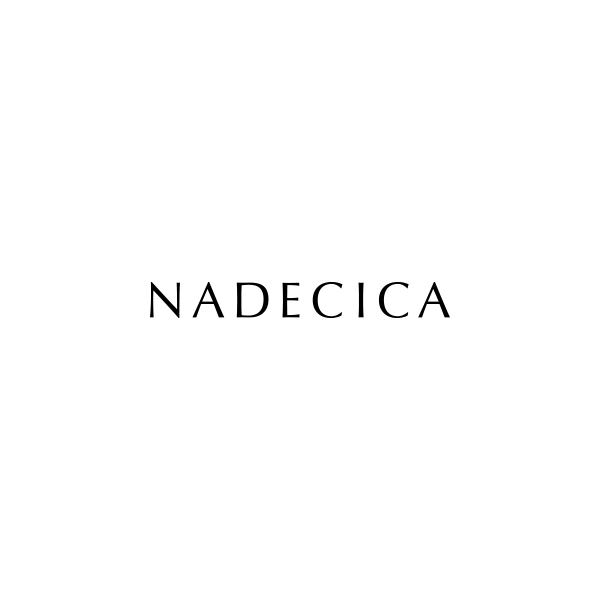目次
Current assets are liquid assets that are likely to be converted to cash within a year. A short-term debt due this year that will be paid off by refinancing it with a long-term loan would, therefore, not be considered a current liability. Current assets represent all the assets of a company that are expected to be conveniently sold, consumed, used, or exhausted through standard business operations within one year. Current assets appear on a company’s balance sheet and include cash, cash equivalents, accounts receivable, stock inventory, marketable securities, prepaid liabilities, and other liquid assets.
For example, a supplier might offer terms of “3%, 30, net 31,” which means a company gets a 3% discount for paying 30 days or before and owes the full amount 31 days or later. Creditors are also known as Trade payables/Accounts Payables/Bills payable. They are your suppliers to whom the company owe money for purchasing the goods or services on credit terms.
- Now, a liability becomes due on demand or callable by creditor when the borrower violates the loan agreement.
- It is used to help calculate how long the company can maintain operations before becoming insolvent.
- Furthermore, current liabilities are the obligations that are terminated either by using current assets or creating other current liabilities.
- Furthermore, the company will increase the accrued liability of the same amount in its balance sheet.
Therefore, late payments from a previous fiscal year will carry over into the same position on the balance sheet as current liabilities which are not late in payment. There may be footnotes in audited financial statements regarding past due payments to lenders, but this is not common practice. Lawsuits regarding loans payable are required to be shown on audited financial statements, but this is not necessarily common accounting practice.
How to Calculate Average Current Liabilities?
On a balance sheet, you might find some of the same asset accounts under Current Assets and Non-Current Assets. Current assets include cash, cash equivalents, accounts receivable, stock inventory, marketable securities, pre-paid liabilities, and other liquid assets. Say for instance, Kapoor Pvt Ltd is required to pay interest annually of Rs. 1,00,000 on an outstanding bank loan. So, Kapoor Pvt Ltd would recognize Rs. 25,000 out of the total interest expense in its income statement at the end of March 2018. Furthermore, the company will increase the accrued liability of the same amount in its balance sheet.
- If the working capital is low then it means the business has enough funds for settling the current liabilities but it doesn’t have enough for future investments.
- Our mission is to empower readers with the most factual and reliable financial information possible to help them make informed decisions for their individual needs.
- Thus, notes payable with maturity period of greater than one year are reported as non – current liabilities.
- These multiple measures assess the company’s ability to pay outstanding debts and cover liabilities and expenses without liquidating its fixed assets.
- If current assets are those which can be converted to cash within one year, non-current assets are those which cannot be converted within one year.
Quick assets are items that can be converted to cash easily but don’t include inventory or prepaid expenses, so it’s more conservative than the current ratio. A quick ratio greater than 1 generally indicates a company has the ability to turn its most liquid assets into cash to meet its short-term obligations. For example, a bakery company may need to take out a $100,000 loan to continue business operations. Terms of the loan require equal annual principal repayments of $10,000 for the next ten years. Even though the overall $100,000 note payable is considered long term, the $10,000 required repayment during the company’s operating cycle is considered current (short term). This means $10,000 would be classified as the current portion of a noncurrent note payable, and the remaining $90,000 would remain a noncurrent note payable.
To pay your balance due on your monthly statement would require $406 (the $400 balance due plus the $6 interest expense). A company will also incur a tax payable within any operating year that it makes a profit and, thus, owes a portion of this profit to the government. The dividends declared by a company’s board of directors that have yet to be paid out to shareholders get recorded as current liabilities. Also, if cash is expected to be tight within the next year, the company might miss its dividend payment or at least not increase its dividend.
Company
Essentially, the time value of money means that cash received or paid in the future is worth less than the same amount of cash received or paid today. This is because cash on hand today can be invested and thus can grow to a greater future amount. That’s because, theoretically, all of the account holders could withdraw all of their funds at the same time.
Types of Current Liabilities
Commercial paper is usually issued at a discount from face value and reflects prevailing market interest rates, and is useful because these liabilities do not need to be registered with the SEC. Accounts payable accounts for financial obligations owed to suppliers after purchasing products or services on credit. This account may be an open credit line between the supplier and the company.
What Does Current Liability Mean?
This method was more commonly used prior to the ability to do the calculations using calculators or computers, because the calculation was easier to perform. However, with today’s technology, it is more common to see the interest calculation performed using a 365-day year. Unearned revenue is money received or paid to a company for a product or service that has yet to be delivered or provided. Unearned revenue is listed as a current liability because it’s a type of debt owed to the customer. Once the service or product has been provided, the unearned revenue gets recorded as revenue on the income statement.
What are the types of liabilities?
Lenders like to see companies that are highly liquid with an ability to generate cash to pay off debts. Your company’s current ratio and quick ratio are two items a lender can look at in determining your company’s fixed manufacturing overhead variance analysis liquidity. There are many types of current liabilities, from accounts payable to dividends declared or payable. These debts typically become due within one year and are paid from company revenues.
Examples of Current Liabilities
So, to utilize such a debt, a footnote needs to given below financial statements that clearly states such a liability as a current liability. The current liabilities section of a balance sheet shows the debts a company owes that must be paid within one year. These debts are the opposite of current assets, which are often used to pay for them. To calculate current liabilities, you can review your company’s balance sheet and add all of the items from the current liability formula, which will capture all expenses due within 12 months. For example, when you get a small business loan, you’ll likely be required to sign a promissory note, a document that outlines the terms of repayment.
















